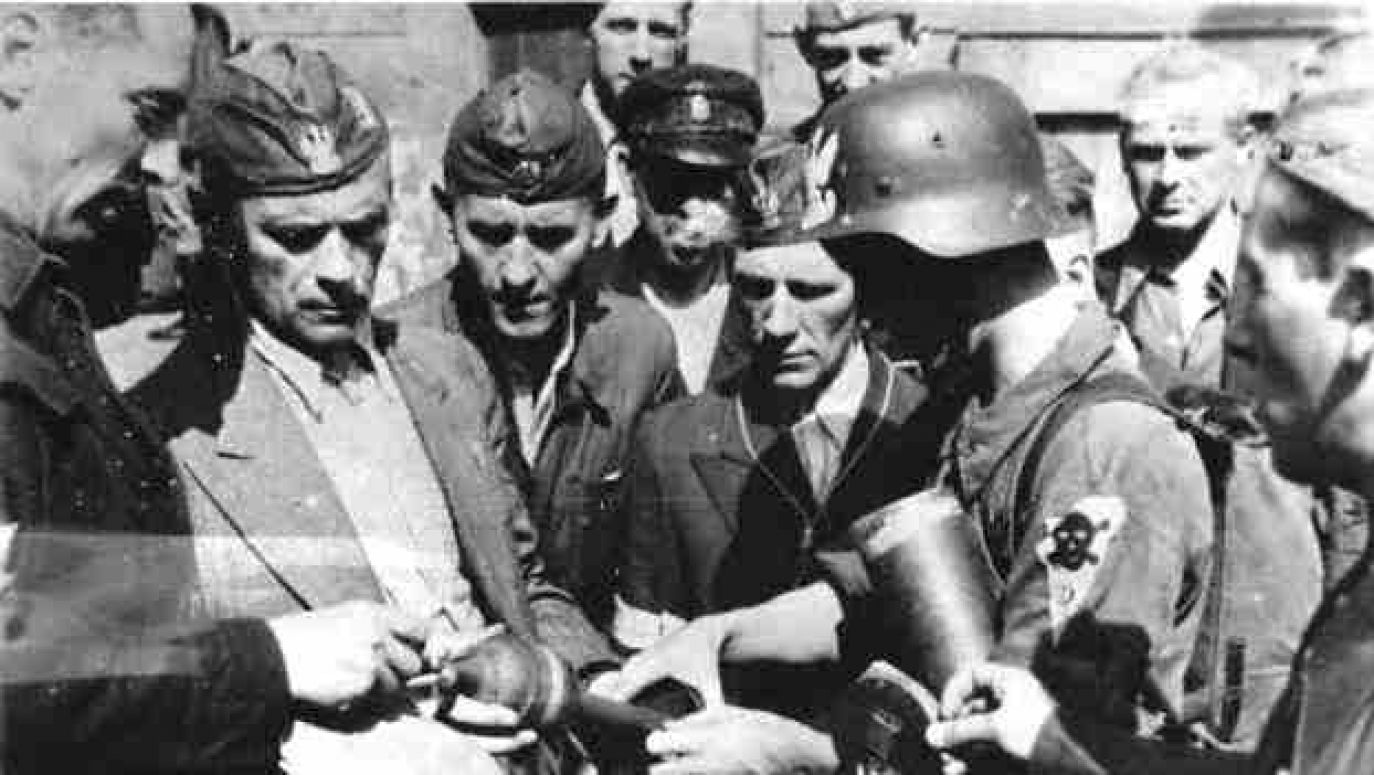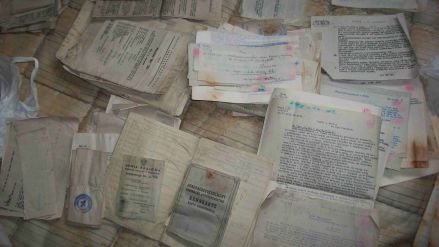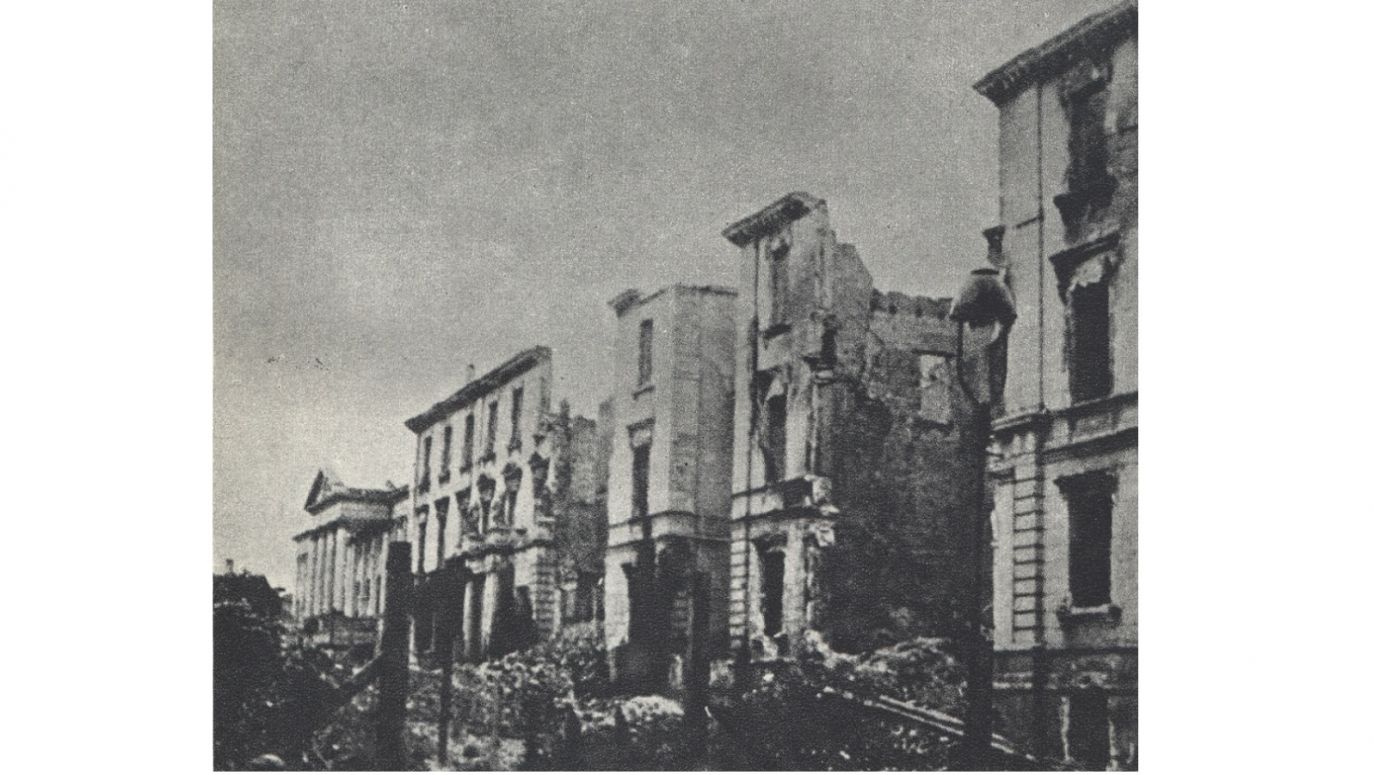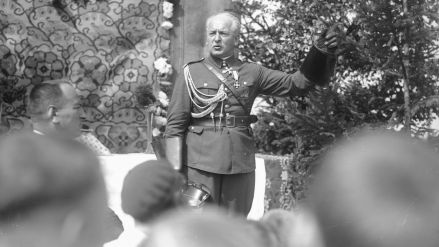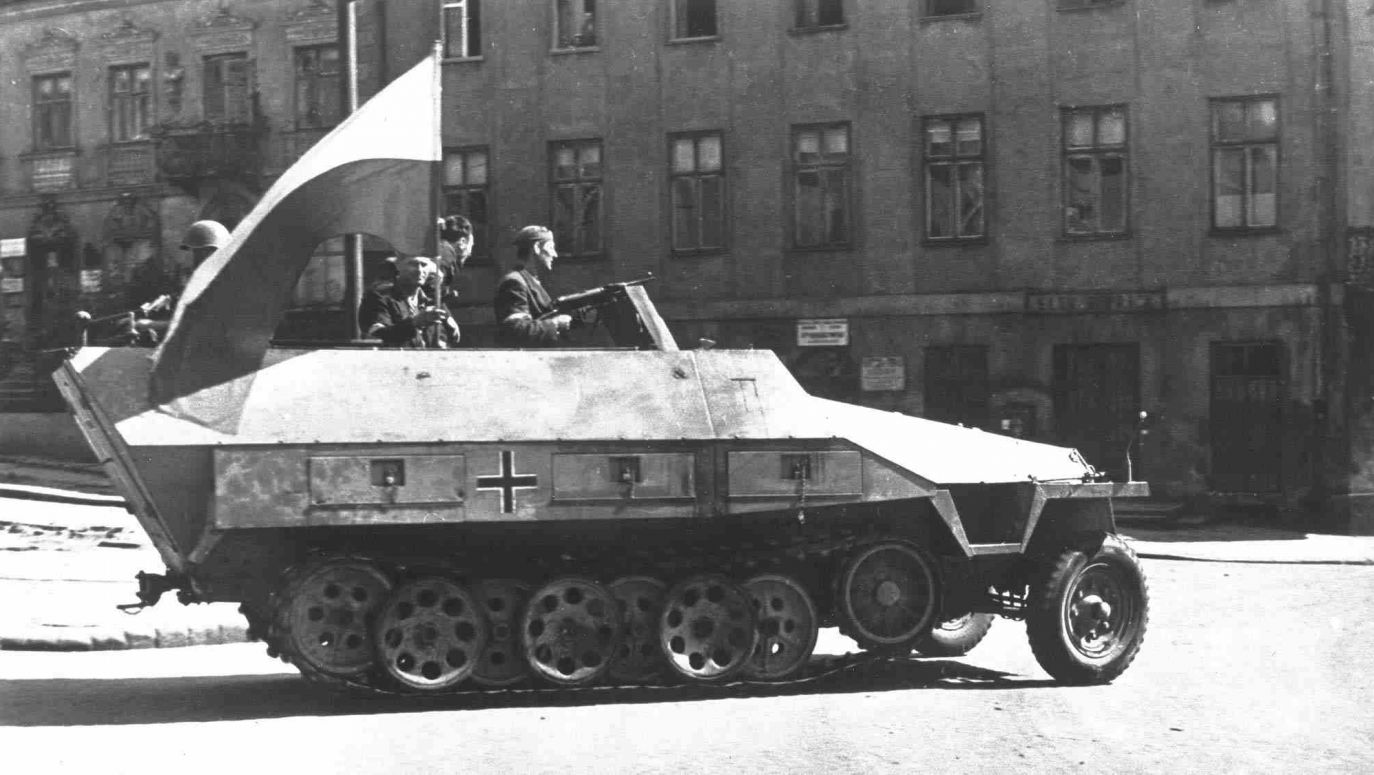Before the Warsaw Uprising broke out the Home Army intelligence had known perfectly well where German fortified objects in the city centre were located. It was aware both of their manning numbers and armament strength (relevant reports have survived).Apart from one place – the University of Warsaw which was a German arsenal, much bigger than the Main Post Office at Napoleon Square. Did the Home Army intelligence not know about a German weapons stockpile, which, had it been taken over during the first hours of combat, could have changed the course of fighting in the City Centre?
A quarter to the “W” hour
We know of the garrison defending the university complex from a librarian Bohdan Korzeniewski’s account written down in October 1944 in Milanówek by Wacław Borowy, head of the university library in the years 1936-38.
Before the war Korzeniowski worked for the National Library. Arrested in 1940 he was deported to the Auschwitz Concentration Camp. Released, since August 1941 he had been a librarian at the University Library. He was active in the Home Army underground under the codenames of “Marcin” and “Truskolaski”.
Three weeks after the fall of the rising he passed on to Borowy that the action around the University began on August 1. At 4:45 pm (16:45) he added “…by a pitiful Home Army attack from the direction of Powiśle, Traugutta & Oboźna St.”
 SIGN UP TO OUR PAGE
SIGN UP TO OUR PAGE

Włodzimierz Rosłoniec, a cadet codename “Karski” in the rising, after the war a chronicler of the 8th “Krybar” Grouping, basing on preserved documents and relations reconstructed thoroughly the first hours of the rising.
The assault on the University did actually commence at 4:45 pm from the direction of Oboźna St. A quarter to the “W” hour shooting was already audible from Napoleon & Małachowski Sq as well as Kredytowa St. It was all about taking advantage of the stupefaction of the Germans. Before noon Home Army soldiers would observe the Germans reinforce shooting stands: those of machinegun artillery and grenade launchers.
At 5.00 pm, at the “W” hour, three clerks-librarians were present at the library and on the premises of the university: dr. Józef Krampera, Marian Toporowski and Bohdan Korzeniewski as well as the storeman Stanisław Włodarski with his wife, the wife of a stoker with a small child and a stoker from a building neighboring the library.
From Korzeniewski’s account: “There was a huge German arsenal on the premises of the University, almost no crew, because only 30 soldiers from a company of recovered soldiers, so-called Genesungs-Compagnie, later renamed Sicherungs-Bataillon 944. This formation was led by a captain who rarely showed up at the Library, but the two lieutenants, Schmidt and Gerber, were constantly seen”.
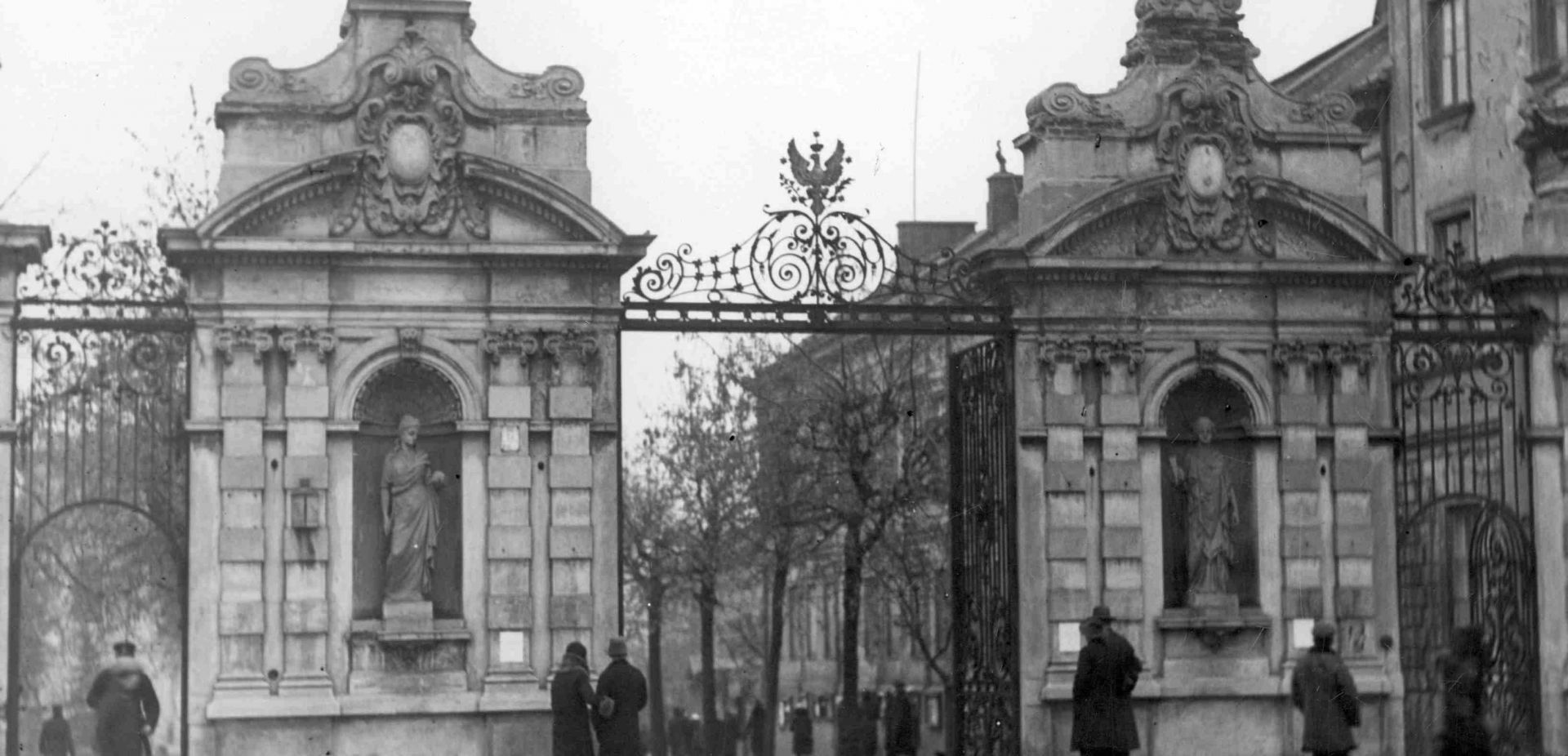
 SIGN UP TO OUR PAGE
SIGN UP TO OUR PAGE
 Włodzimierz Rosłoniec, a cadet codename “Karski” in the rising, after the war a chronicler of the 8th “Krybar” Grouping, basing on preserved documents and relations reconstructed thoroughly the first hours of the rising.
Włodzimierz Rosłoniec, a cadet codename “Karski” in the rising, after the war a chronicler of the 8th “Krybar” Grouping, basing on preserved documents and relations reconstructed thoroughly the first hours of the rising.